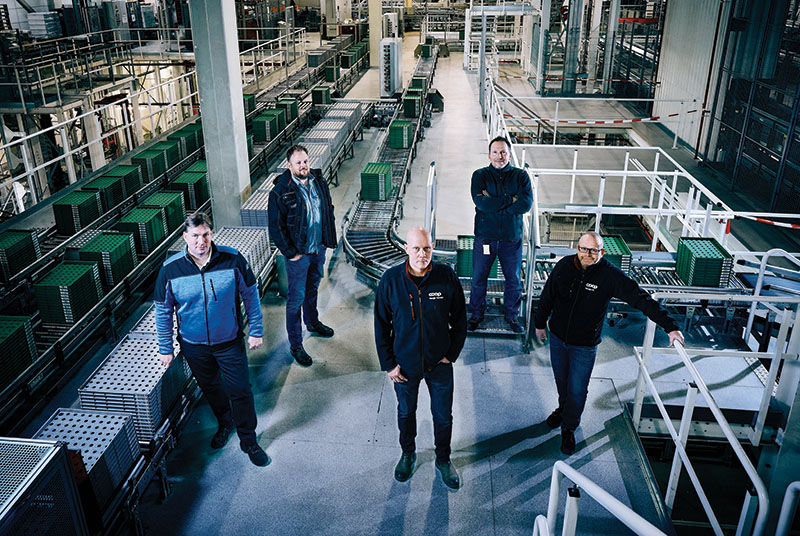Modern System Report: Coop’s automation journey
Norway’s largest cooperative is operating one of the most highly automated grocery distribution centers in the world. Coop’s journey to automation provides a roadmap for other organizations moving from conventional to automation.
Warehousing, distribution and order fulfillment is increasingly a global function. Ideas and solutions developed in one region of the world cross-pollinate the way orders are filled continents away. In part, that’s because warehouse and DC operators are facing remarkably similar issues regardless of where they’re located, including a shortage of labor willing to work in distribution centers, increasing wages and consumers who have come to expect a wider selection of product, faster delivery and lower prices, all at no additional cost to them. While that’s an old story in e-commerce, it’s also the case in other industries like grocery.
Take an inside look into the Coop operation: Bringing automation to grocery distribution
Take Coop, a member-owned cooperative headquartered in Oslo that sells food, consumer goods and products for the do-it-yourself, or DIY, market. In the food segment, Coop commands close to a third of Norway’s grocery market. Staying on top is no easy matter as it confronts many of the issues listed above. Add to that the need to service a relatively small population spread across a vast area, and the cooperative had to do something to control its logistics costs.
The answer: Back in 2014, Coop opened a new highly automated 560,000-square-foot central logistics center in Jessheim, near the Oslo airport. The DC, which is presently in the midst of a 355,200-square-foot expansion, handles 480,000 cases per day. It serves the local market, which is the most densely populated in Norway; but the facility also provides centralized distribution of slow-moving items that are expensive to transport and store in the cooperative’s far flung regional DCs.
The system’s software creates store-friendly pallets that streamline putaway in the store and maximize trailer loads. Those pallets are shipped to Coop’s regional distribution centers, where they’re crossdocked to local stores. The strategy reduces transportation and inventory costs in the regional DCs and reduces the amount of handling required to get product into the stores. Automation, meanwhile, reduces errors.
Designed in conjunction with a materials handling solution provider, (Witron Integrated Logistics), the logistics center also happens to be one of the most automated and complex grocery distribution centers in the world.
The facility includes high-bay automated storage and retrieval for dry, or ambient temperature, products; refrigerated foods maintained at 35.6°F; fruits and vegetables stored at two different temperatures (44.6°F and 53.6°F); and a freezer area maintained at -13°F. Each of those areas also includes mini-load technology for carton storage.
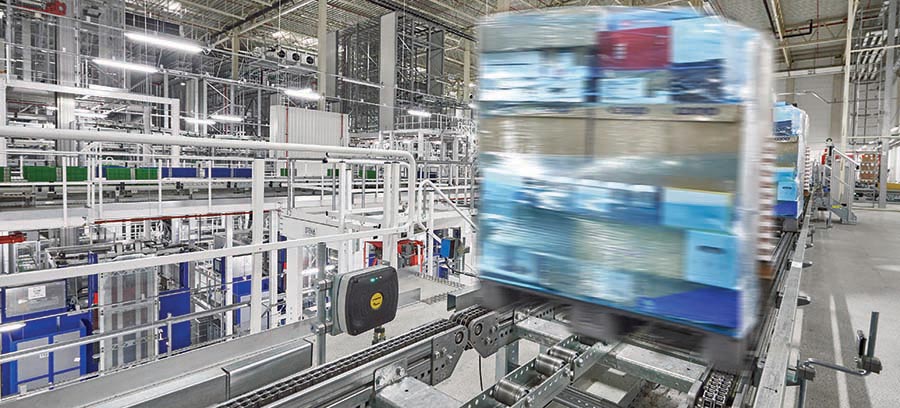
It supports picking processes in each area, including automated picking, palletizing and stretch-wrapping. They include:
Order Picking Machinery (OPM): Cases are automatically picked, robotically palletized and stretch-wrapped.
Dynamic Picking System (DPS): Items that are too small or fragile to be handled by the OPM are stored in totes in a mini-load system. Donor totes are automatically delivered to dynamic pick faces for light-directed picking to delivery cartons. Those cartons are then conveyed to the OPM area for palletization.
Car Picking System (CPS): In this area, bulky items that can’t easily be handled by automation are stored at the pallet level in an area where replenishment is by unit handling cranes. Order selectors are voice-directed to pick to pallets. Full pallets are manually stretch-wrapped and conveyed to shipping. Partial pallets are conveyed to other areas of the facility where they are topped off or used to top off a pallet.
Shipping: Shipping features four buffer automated storage and retrieval systems (AS/RS) feeding gravity conveyors to store and stage pallets until they’re ready to be loaded onto an outgoing truck.
In all, the facility features 92 unit load and case handling cranes and more than 400,000 pallet or case locations (see below). That’s before the expansion currently underway.
According to Ove Bjorgum, director of logistics operations, Coop set out three goals when it began the project. “One was increased throughput, another was to create better sorted and packed pallets that we send to the stores, and the third was to increase the fill rate on the pallets since transportation is such a huge cost,” he says. Bjorgum adds that the facility is delivering on all three goals. But, just as important to the success of the new facility has been the cultural change that accompanied a move from labor-intensive, conventional processes to an automated DC. “One of the first things we did was to acknowledge that the business culture was important,” he says. “This led us to invest substantially to create competencies.”
Controlling costs
Coop Norge SA counts 1.5 million members who participate in 98 local cooperatives. With 28,000 employees and more than $6.5 billion U.S. in annual sales, it is Norway’s 11th largest company by revenue. Following the acquisition of a competitor soon after the logistics center went live, Coop operates more than 1,100 stores and has more than 30% of the Norwegian grocery market; it also operates 165 general merchandise locations. These carry products for the do-it-yourself market similar to what you’d find in a True Value or Home Depot.
The grocery stores range in size from 30 hypermarkets that also sell non-food items like apparel and consumer electronics down to convenience stores. Coop also services the whole of Norway, from the more-densely populated south, where Oslo is located, all the way to the sparsely populated north. Some stores are located as much as 1,200 miles from the logistics center. “We are a sparsely populated country with vast distances that we have to service,” says Bjorgum. “Transportation represents the majority of our logistics costs.”
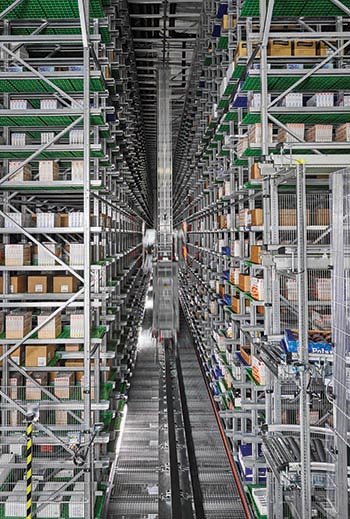 Issues like home delivery and SKU proliferation are not yet as prevalent in the Norwegian market as they are in North America or Western Europe. At the same time, Coop is grappling with labor issues similar to those making an impact on logistics and distribution worldwide. When the project was initiated, Norway had an unemployment rate of 3.3%, roughly one third of the then average unemployment rate for the European Union. At the same time, the average hourly wage was about $32 an hour. Given the low unemployment rate and relatively remote locations of some of Coop’s regional DCs, warehouse work “was not attractive,” Bjorgum says.
Issues like home delivery and SKU proliferation are not yet as prevalent in the Norwegian market as they are in North America or Western Europe. At the same time, Coop is grappling with labor issues similar to those making an impact on logistics and distribution worldwide. When the project was initiated, Norway had an unemployment rate of 3.3%, roughly one third of the then average unemployment rate for the European Union. At the same time, the average hourly wage was about $32 an hour. Given the low unemployment rate and relatively remote locations of some of Coop’s regional DCs, warehouse work “was not attractive,” Bjorgum says.
The distribution strategy prior to the new DC was regionalized rather than centralized. Coop operated five conventional pick-to-pallet warehouses with limited automation spread out across the country, including Oslo. All were temperature controlled with zones for refrigerated and frozen products and fruits and vegetables; for the most part, they stored the full complement of SKUs sold in the regions they serviced, including slow-moving items. By 2011, when planning began for the new facility, Coop needed to expand its operations to accommodate growth. With no room to retrofit or expand the Oslo warehouse, Coop decided to start from scratch with a new building. “Once we decided to build a new facility, we knew we had to look into automation to address all of our challenges,” Bjorgum says.
The new facility also represented a new distribution strategy. The regional DCs still manage fast-moving dry goods as well as fruits and vegetables and frozen foods. The logistics center, meanwhile, serves the Oslo market but is also central storage for slow-moving dry goods and chilled, or refrigerated items. Pallets are built for stores and then crossdocked through the regional facilities. The system is also designed to optimize the storage of product in the new facility based on the velocity of movement of products, which makes the overall system more efficient.
Cultural revolution
“Going from a manual operation to automation requires a management, organization and cultural revolution,” according to a slide prepared by Coop for a presentation on the logistics center.
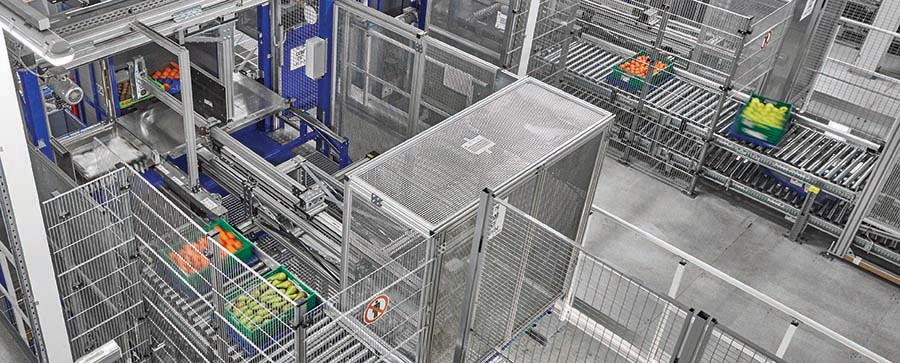
Bjorgum agrees: “Our journey required a totally new way to think about management, processes and competencies.” On the management side, that involved a shift from an environment where managers were considered the experts and mandated the work that needed to be done to one where the operators are the experts, machines do most of the work and managers must become true leaders. For the operators, most of whom came from the old manual warehouse, the shift was from an environment where the work was manual, workers were measured by their individual performance and salaries were often determined by seniority.
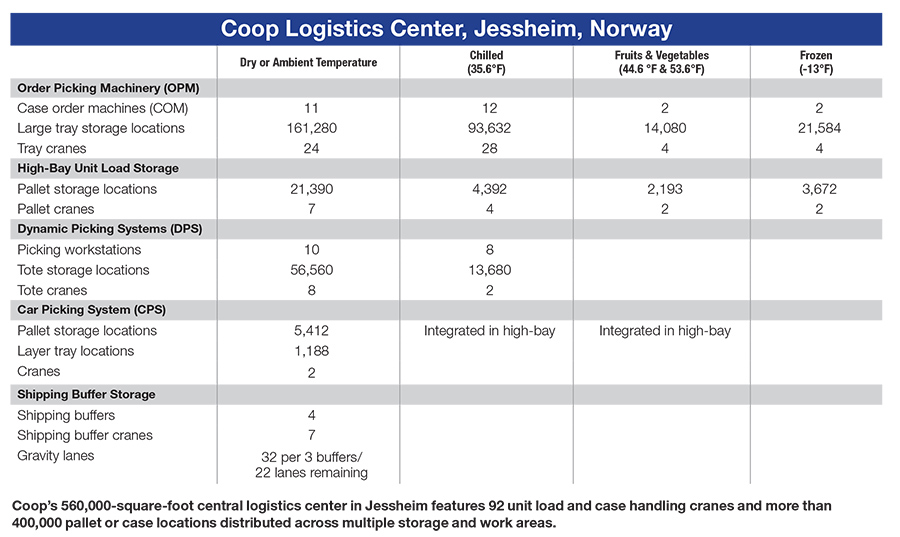
The new logistics center relies on teamwork and communication, with an emphasis on continuous improvement. A new salary structure was put in place based on competency rather than years on the job, demonstrated by passing courses and earning certifications. These were big changes. “Workers who were used to being judged by their picks per hour were now hit with complex expectations,” Bjorgum says. “Where they often worked alone in the past, they were now expected to share their knowledge with their teammates to make continuous improvements.”
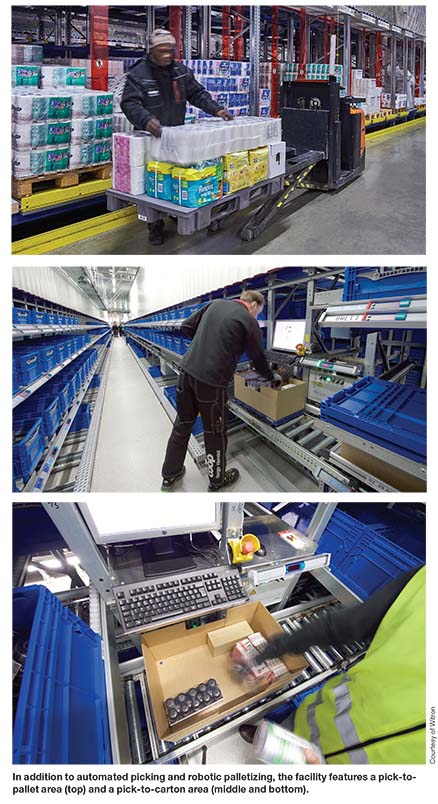 Initially, workers were threatened, especially by the certification process. “But they went along with the process, and we made sure that we had the resources available for people who wanted to learn,” Bjorgum says. “Now they take pride in the facility.”
Initially, workers were threatened, especially by the certification process. “But they went along with the process, and we made sure that we had the resources available for people who wanted to learn,” Bjorgum says. “Now they take pride in the facility.”
The first step was to create a team culture. That process began with interpersonal behavior and communication skills. For instance, one of the early steps was to require people to greet each other as a way to get to know one another and to build a team-oriented culture.
A second step was to change the way managers managed. “We had a push down, ‘mandate what gets done’ culture where the warehouse leads were the experts who knew what we had to get out the door,” Bjorgum says. “Now, the operators are the experts. The managers need to learn from them and lead the team more than anything else.” To make that change, Coop encouraged autonomy and responsibility.
“If a team wants to move an item from one location to another to improve the performance of the machine, the operators should be able to talk to the team leader and then make the move,” Bjorgum says. “We understand that sometimes they’ll fail, and that’s acceptable.” He adds that by giving teams autonomy to make changes, pick rates in the DPS area, where items are picked from a donor tote to a shipping tote, have improved from 350 to 500 picks per hour.
A third step was to focus on competencies and certifications. Two full-time employees were tasked with developing the courses that would lead to certifications in the skills required to run the new facility. Beyond teaching skills, associates also learn why things are done the way they’re done so they understand how their work fits in the overall flow of the building. “Certification demonstrates to team leaders that an employee knows what they need to know and is approved to work on a process,” Bjorgum says. In addition to their regular roles, some employees have been assigned to train summer temps and audit processes to see if there are discrepancies or improvements that can be made.
The last step, the go live, was also designed as a learning process. “We went temperature zone by temperature zone, starting with the dry goods area, and began filling orders store by store,” Bjorgum says. A lot of effort during the startup phase went into addressing technical issues. Once it was running smoothly, that area was used to train people to start up the other areas of the facility. “Startup is a very chaotic time,” he says. “But once an area is stable, you have an environment that encompasses learning and collective competency. And, once teams are working with the system, they can go to the third phase, which is continuous improvement.”
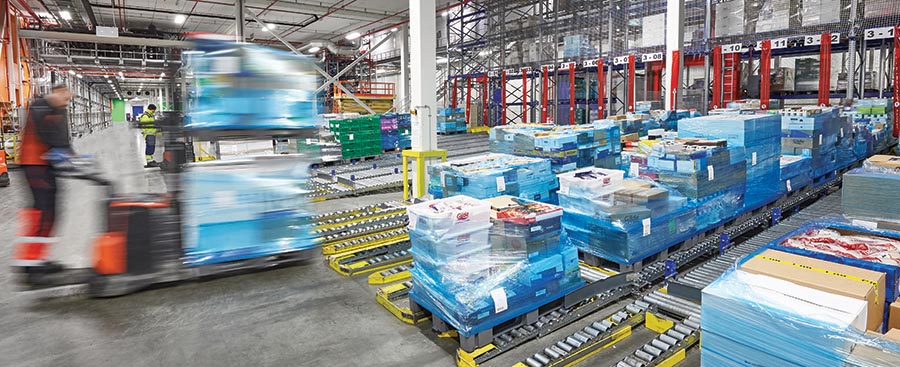
One area that Coop chose to outsource was the monitoring and maintenance of the system, which is managed by an on-site team from Witron. “We did not have mechanics on staff with a background in automation and PLCs internally, and I didn’t see the point in doing that,” he says. “Our line was: If you need a tool, it’s not a Coop employee.”
If he had it to do again, Bjorgum says he would have taken a team to a site in Germany to learn from other systems like theirs before going live. “It’s very easy to underestimate the complexity involved in running a system like this,” he says. “And you have to remember that in a warehouse, we usually learn by doing.”
And, asked what’s next, Bjorgum points to the expansion currently underway. It was driven by an acquisition of a competitor soon after the new facility was up and running, which added 30% more volume to the facility. “We’ll have the same technologies, but more of everything,” he says.
Featured Automated Storage Products:
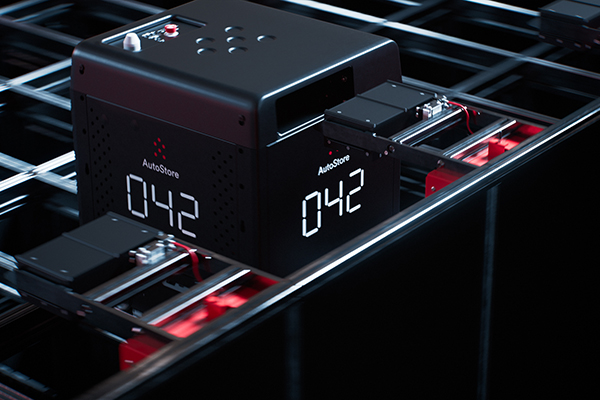 Black Line
Black Line
Black Line optimizes high-volume throughput.
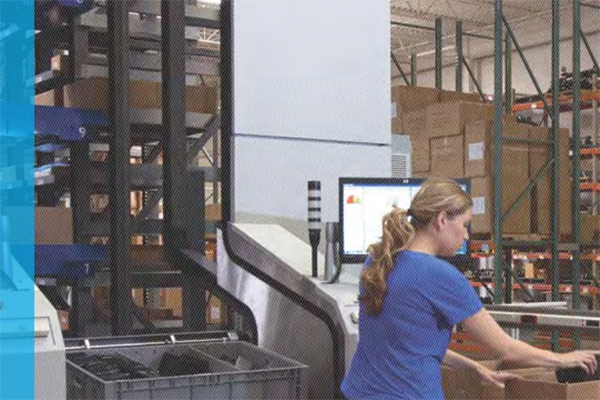
Automated system streamlines picking processes.
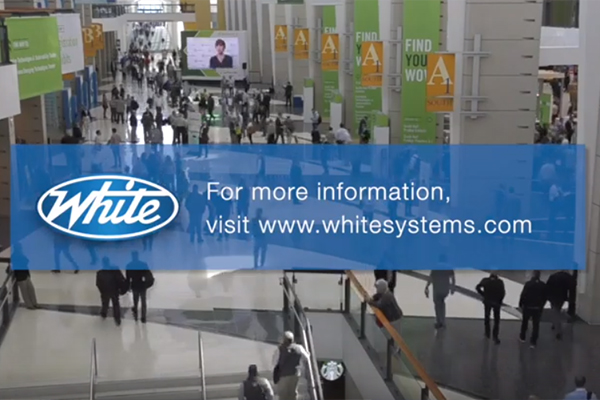 StorBOT 2.0 goods-to-person picking system
StorBOT 2.0 goods-to-person picking system
Goods-to-person picking system includes inventory management software.
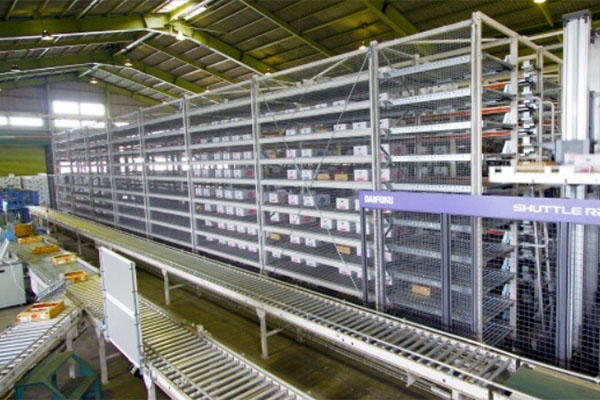 Shuttle Rack M Miniload AS/RS
Shuttle Rack M Miniload AS/RS
AS/RS operated by one controller.
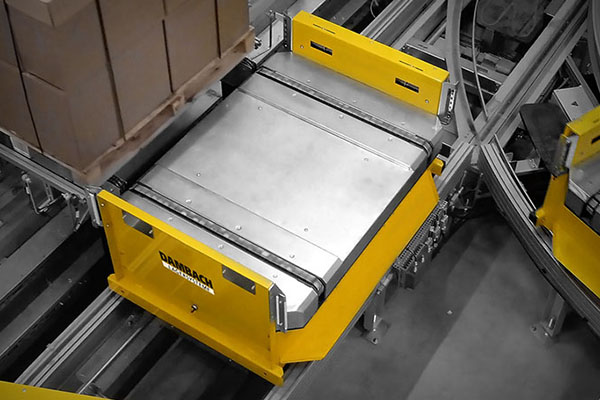 Monoflex inductive rail system
Monoflex inductive rail system
Inductive rail system for high throughput material flows.
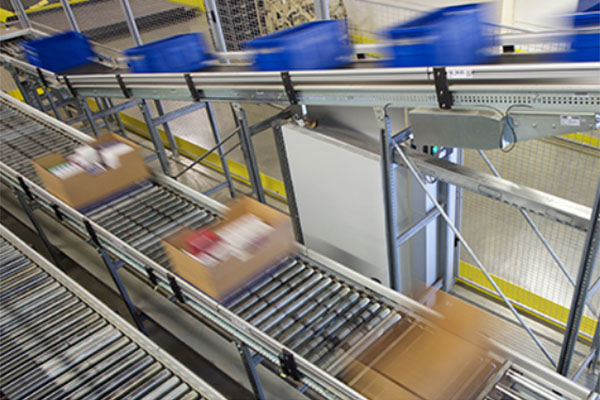 “All-in-One” Order Fulfillment
“All-in-One” Order Fulfillment
Order fulfillment for all industries.

Article Topics
Automation News & Resources
Beckhoff USA opens new office in Austin, Texas ASME Foundation wins grant for technical workforce development Walmart chooses Swisslog AS/RS and software for third milk processing facility Lucas Watson appointed CSO for Körber’s Parcel Logistics business in North America 60 Seconds with Bob Trebilcock, outgoing executive editor, Modern Materials Handling Kathleen Phelps to join FORTNA as chief financial officer Coles automates grocery distribution in Australia More AutomationLatest in Materials Handling
Beckhoff USA opens new office in Austin, Texas Manhattan Associates selects TeamViewer as partner for warehouse vision picking ASME Foundation wins grant for technical workforce development The (Not So) Secret Weapons: How Key Cabinets and Asset Management Lockers Are Changing Supply Chain Operations MODEX C-Suite Interview with Harold Vanasse: The perfect blend of automation and sustainability Consultant and industry leader John M. Hill passes on at age 86 Registration open for Pack Expo International 2024 More Materials HandlingAbout the Author
Subscribe to Materials Handling Magazine

Find out what the world's most innovative companies are doing to improve productivity in their plants and distribution centers.
Start your FREE subscription today.
April 2024 Modern Materials Handling

Latest Resources


